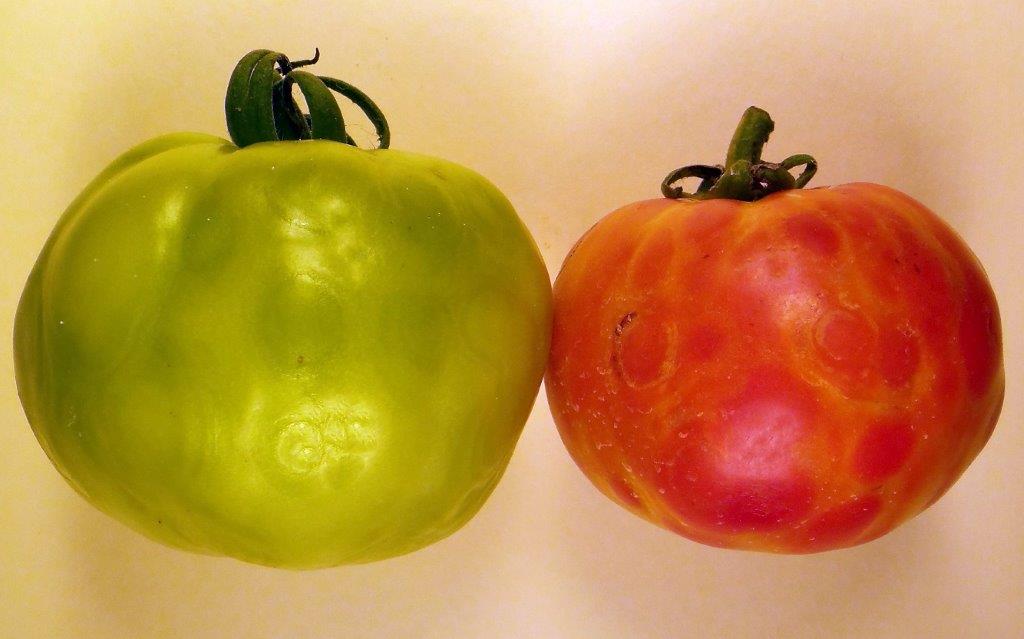By: Joe Funderburk and Mrittunjai Srivastava, UF-IFAS Entomology Research and Extension, North Florida REC, and Bob Hochmuth, UF-IFAS Multicounty Extension Agent for Vegetables
The western flower thrips and thrips-vectored Tomato spotted wilt virus are key pest threats to Florida’s multi-billion dollar fruit and vegetable industry. Attempts to control the western flower thrips with broad-spectrum insecticides, applied on a routine calendar schedule actually elevates its pest status. Western flower thrips have now developed resistance to most traditional insecticides, including the IPM-compatible spinosyns. Spinosyn insecticides include SpinTor, Radiant, and Entrust (organic label). As a result, producers are experiencing unacceptable losses from pest damage and ineffective pesticide applications.
Western flower thrips populations are regularly monitored for resistance in different crops and regions of Florida. The first record of resistance occurred in Palm Beach County in 2008. An educational program to enhance adoption of integrated pest management (IPM) was begun, and the use of spinosyn insecticides was temporarily suspended in Palm Beach and Broward Counties. More recently, resistant western flower thrips populations that are resistant to spinosyns were detected in Hillsborough County. Populations in North Florida have remained susceptible, although a single resistant population was detected last year.

Preserving the use of the spinosyns against the western flower thrips is a high priority because: (1) no insecticide has provided the high level of control; (2) it conserves populations of the key thrips predator, the minute pirate bugs; (3) it has a reduced-risk status; and (4) it has a broad-spectrum of activity against other important pests.

A resistance management protocol that is a good foundation for a sound IPM program includes the following components: positive identification of target pests, applying insecticides only when required, making accurate and precise insecticide applications, diversifying the types of management methods used in the crop, and conserving natural enemies.


IPM programs have been developed and implemented for fruiting vegetables, and some other crops that are effective, economical, and sustainable. University of Florida management programs for thrips and Tomato spotted wilt virus in pepper and eggplant are regularly updated and can be found in the following UF/IFAS publication: Managing Thrips in Pepper and Eggplant. University of Florida management programs for tomato and Tomato spotted wilt virus in tomato are found in the following UF/IFAS publication: Managing Thrips and Tospoviruses in Tomato.
Components of the programs for tomato, pepper, and eggplant include scouting, calculating economic thresholds, conservation of biological control programs, use of ultraviolet-reflective mulching technologies, planting resistant cultivars, insecticides, and more.
In efforts to sustain the effectiveness of spinosyns in Florida, no more than two applications should be made on the same and sequential crops per year. Be sure to understand spinosyn susceptibility in your growing area, and if new recommendations exist to optimize thrips management and spinosyn susceptibility.
 0
0
